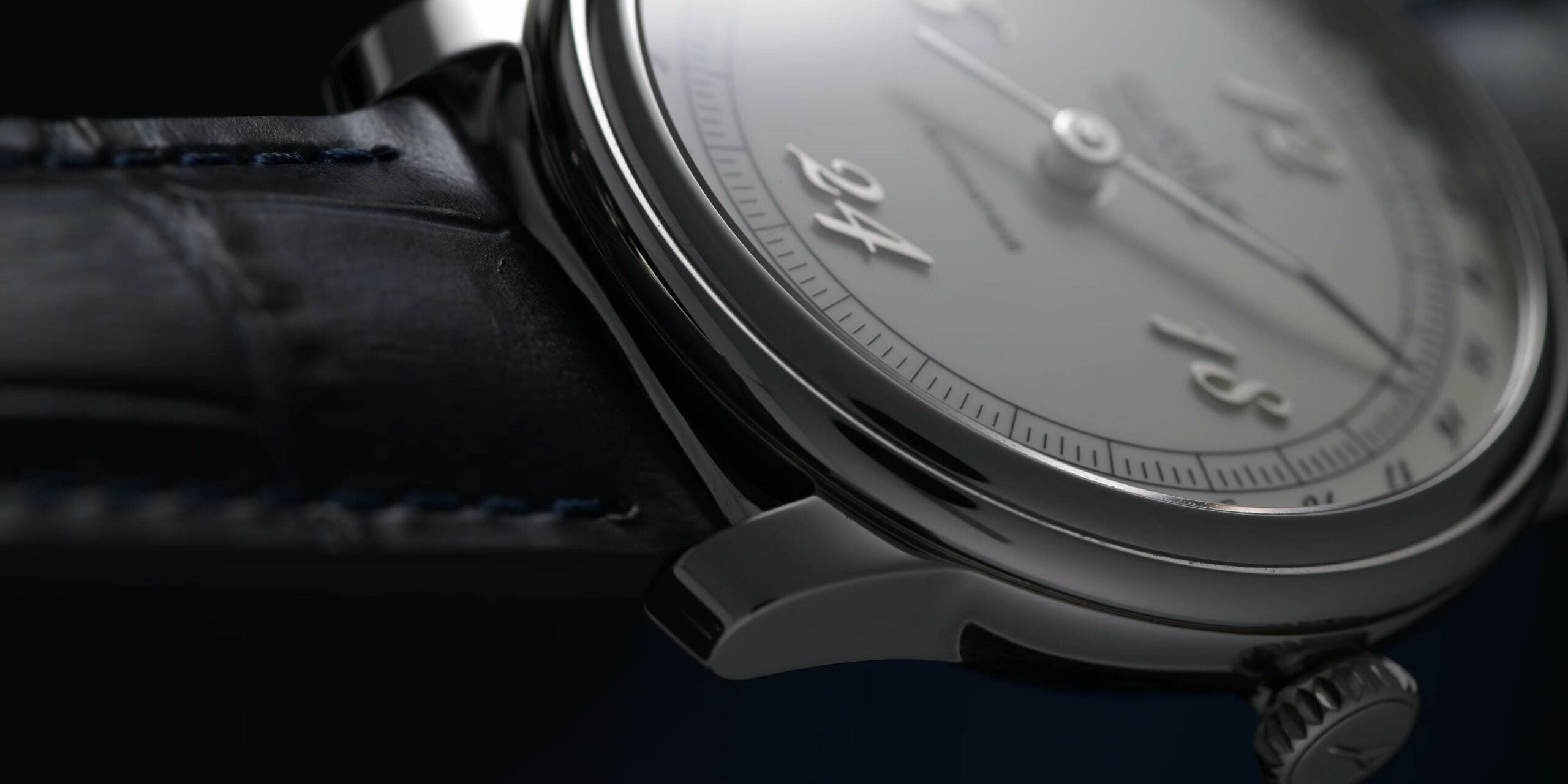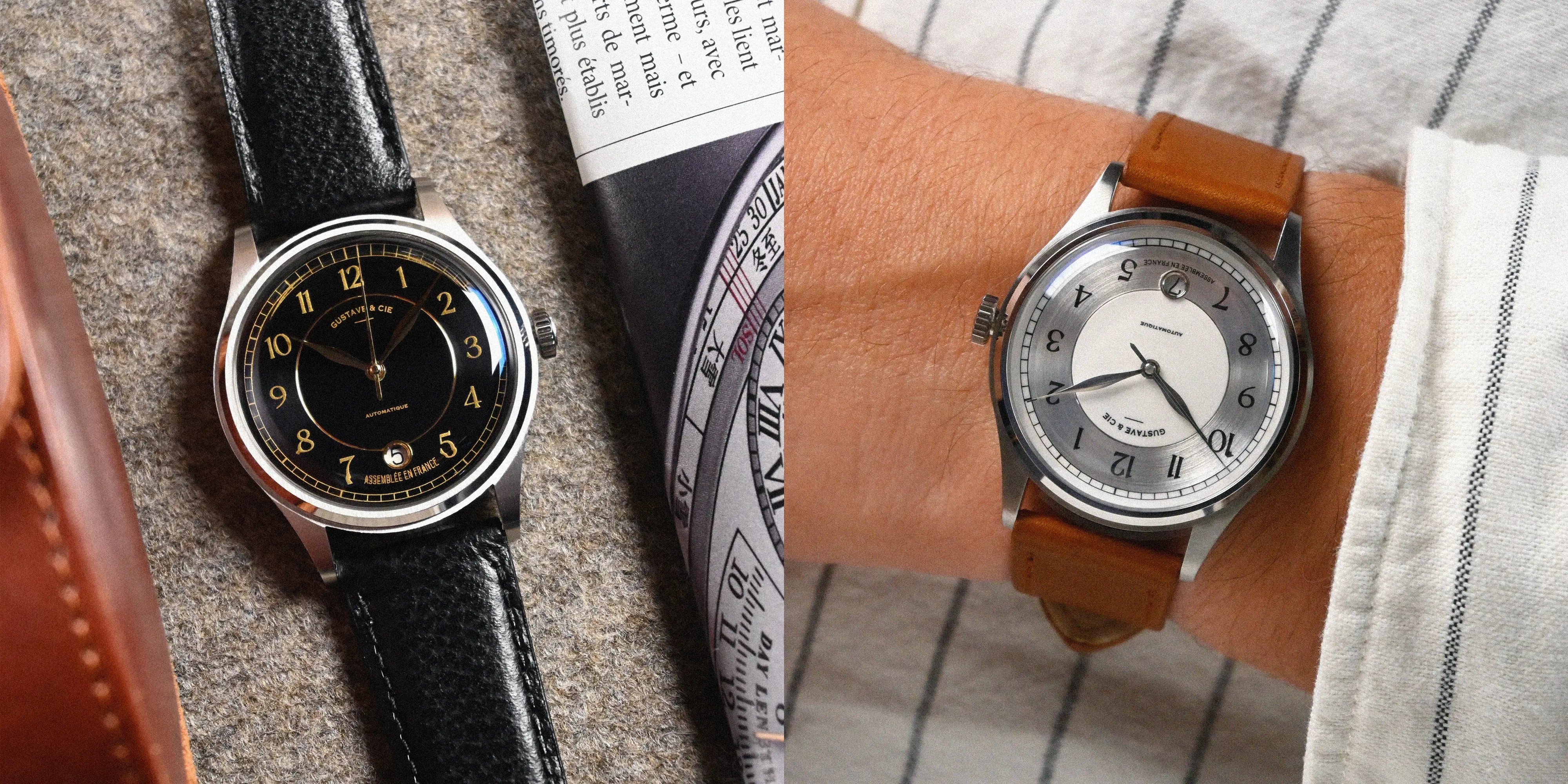Discovery of aventurine in watchmaking: History and Use
Aventurine, this sparkling stone that seems to hold thousands of stars in its heart, is much more than a simple ornament. In the world of watchmaking, it represents a bridge between ancestral craftsmanship and innovation, where its use dates back centuries. Today, we invite you to discover the history, colors, and uses of aventurine in the fascinating field of watchmaking.

History and origin
First of all, it is important to clearly distinguish aventurine glass from aventurine stone.
Aventurine glass, now called aventurine, owes its name to a discovery "by adventure" in Italy in the 17th century.
According to legend, a Murano glassmaker accidentally dropped copper filings into a vat of molten glass, accidentally creating this shimmering material. As always, its origin is disputed and not true. Indeed, a mixture of filings and glass cannot produce this result. Furthermore, it seems that the Egyptians created a flat glass with metallic inclusions called "aventurescence" long before this.
The stone called “Aventurine” is a naturally occurring variety of quartz. It is believed to have been used 4,000 years ago in China and was associated with royalty.

Colors and varieties
Whether natural or artificial, aventurine comes in many shapes and colors.
Stones are divided into three main categories: green, which is the most common; brown, orange, red; and finally, blue. Their colors vary depending on the minerals they contain.
For aventurine glass, there are several creation processes specific to each brand or manufacturer. One of the most common techniques involves adding hematite or mica to a molten glass paste. The colors can then vary even more.
Each color offers a palette to create pieces of exceptional beauty, where the play of light highlights their complexities as well as their depths.

Uses in watchmaking
In watchmaking, aventurine is primarily used for dials. Its ability to capture light and create a sense of spatial depth makes it an ideal choice for luxury watches and fine watchmaking pieces.
Indeed, watchmakers appreciate aventurine not only for its beauty but also for its unique character: each aventurine dial is different and therefore unique. A touch of randomness in a piece of fine watchmaking that leaves no room for chance is a contradiction that does not leave one indifferent.
Luxury watch brands have explored different ways of incorporating aventurine into their creations, ranging from dials made entirely of aventurine to subtle details incorporating the aventurine stone.
We can mention the Girard-Perregaux Planetarium 3-axis tourbillon, the Cartier Rotonde Heures Mystérieuses or the Rendez-vous Celestial by Jaeger-LeCoultre in purple aventurine.
Conclusion
Aventurine has a mysterious history and a unique appearance, and the element of myth remains an important factor in fine watchmaking. This is surely why watchmakers use it so widely, whether as a stone or as glass, for its sparkling appearance.
Now it's up to smaller, bolder watchmakers to follow suit. This is how we unveil our first watch with an aventurine dial: the Paul 24H.
SOURCES:
-
Photo van cleef: https://www.masculin.com/montre/599415-horlogerie-et-astronomie-7-belles-montres-pour-avoir-la-tete-dans-les-etoiles/
-
Glassblower: https://gvoggettistica.it/fr/les-grands-ma%C3%AEtres-verriers-de-Murano/
-
Photo of stones: https://cristaux-bien-etre.com/couleur-des-pierres/
-
Photo Girard Perregaux: https://www.girard-perregaux.com/row_fr/99290-53-653-ba6a.html






Leave a comment
This site is protected by hCaptcha and the hCaptcha Privacy Policy and Terms of Service apply.